
The Bleu Restaurant in the Westin Hotel in downtown Memphis is really the only place in the city that regularly features live jazz. Jazz groups play on Friday and Saturday nights, and on the last Sunday of every month. The young Memphis musicians above came down to sit in this past Friday night, and it is always encouraging to see them, because this is what keeps the music going.
musicians
Rara Lakay- Rara Procession in Little Haiti
Bands, entertainment, events, music, videosRara Lakay leads the weekly Friday night rara procession through the neighborhood streets of Miami’s Little Haiti community.
Rara Procession in Little Haiti with Rara Lakay
Bands, entertainment, events, music, videosEach week on Friday night, Rara Lakay leads a rara prcoession through the streets of Little Haiti in Miami. The band of tin horns and drums attracts a large crowd of marchers/dancers that follow the band along the parade route. In Haiti, such processions occur during Lent, from Ash Wednesday until Easter.
Beginning a Friday Night Rara Procession in Little Haiti with Rara Lakay
Bands, entertainment, events, music, videosRara Lakay leads a rara procession through the residential streets of Little Haiti on each Friday night, beginning from the murals on the wall at the corner of NE 2nd Avenue and NE 60th Street. The processions pick up participants as they go, eventually returning to the spot where they began.
Walking Behind A Rara Procession Through Little Haiti
Bands, entertainment, events, musicBy the time we crossed over North Miami Avenue, we had assembled a fairly good-sized crowd, but my friend Jackson stated that the crowd was much smaller than average due to the ball game. Suddenly, all too soon, we arrived back at the corner of Northeast 2nd and 60th Street where it had all begun. I had not eaten since about 4 PM, so as everyone started to go their separate ways, I started trying to find a restaurant that wasn’t already closed, as it was almost 11 PM.
Rara Lakay Rehearsal
Bands, entertainment, events, music, videosThe members of Rara Lakay rehearse before the weekly Friday night rara procession in Miami’s Little Haiti neighborhood.
Rara Lakay-Rehearsing Before A Procession in Little Haiti
Bands, entertainment, events, music, videosThe Rara Lakay band rehearses in their neighborhood prior to the weekly Friday night rara procession in Little Haiti. These processions, common in Haiti during the period of Lent up until Easter, serve to promote Haitian culture in Miami.

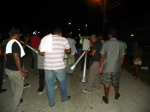

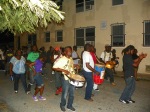


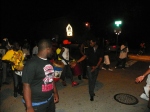

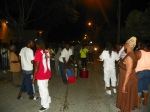
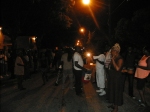
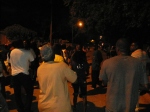
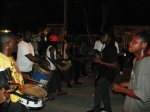
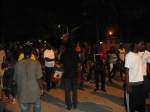

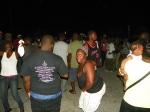
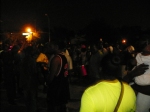
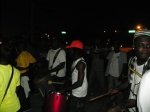




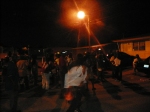
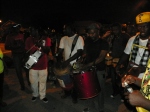
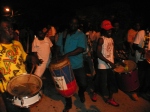
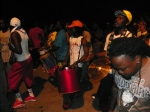
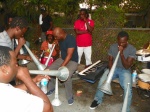
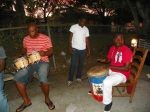
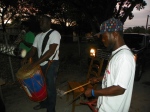
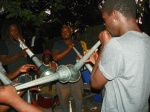

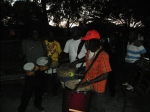


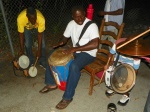
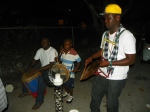
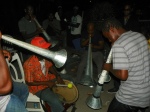

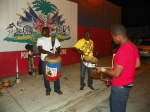
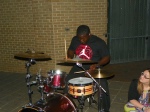
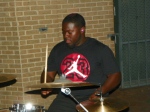
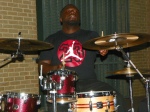


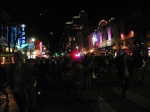

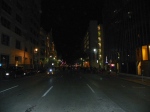
You must be logged in to post a comment.